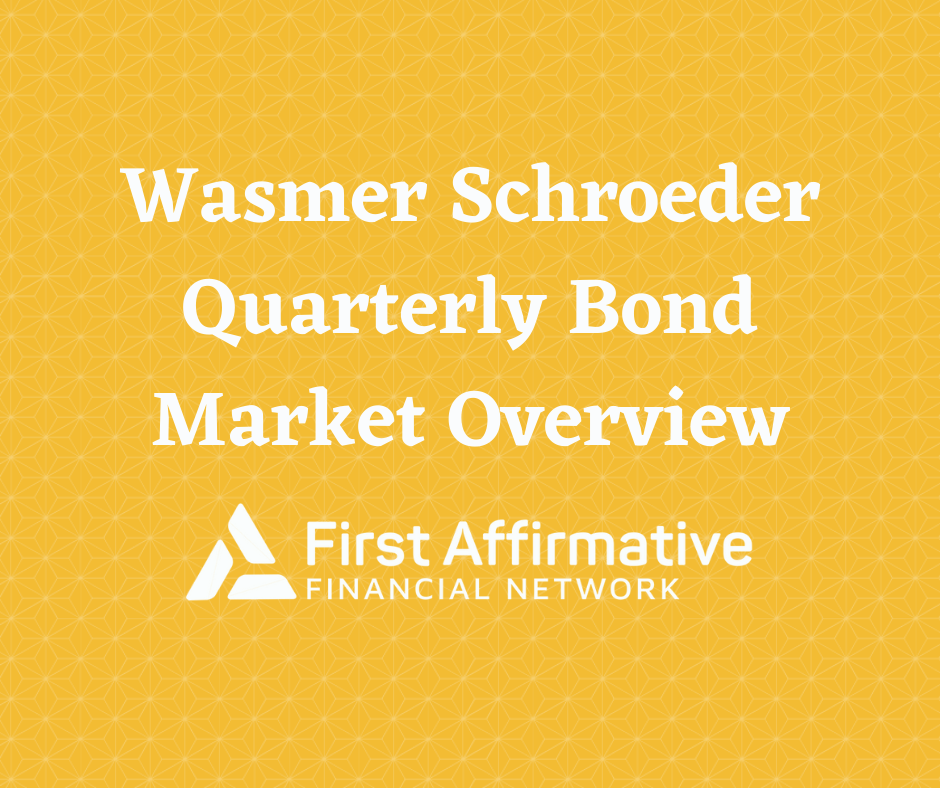Never a Dull Moment
By: Thomas N. Richmond Jr., Co-Head of Taxable SMA Strategies, Senior Portfolio Manager
The first quarter of 2023 was certainly an interesting and action-packed time in the bond markets. With COVID more or less relegated to the back pages and no new, attention-grabbing political or geopolitical headlines to preoccupy market participants, investors were left to focus on the macroeconomic picture and how it might influence future monetary policy. Inflation in most of the developed world continued to run well above levels targeted by these countries’ central banks. This, combined with a still-tight labor market in the US, for instance, led the Federal Open Market Committee (FOMC) to tighten policy rates twice more, for a total of 50 basis points (bps), bringing the top of the target range to 5%. This was not a surprise; Federal Reserve officials had spent virtually all of 2022 trying to convince the markets that they would keep raising rates until inflation began to fall meaningfully, which it had thus far failed to do.
What changed, at least for the first ten weeks of 2023, was that investors finally bought into the Federal Reserve’s rhetoric. Into early March, Treasury yields had moved up smartly, and the yield curve had inverted to historic levels, with 2-year yields hitting 5.07%, their highest level since 2006, and the spread between 2- and 10-year maturities hitting a closing high of -109 bps, the curve’s deepest inversion in decades. Fed Funds futures, which were predicting a peak rate of around 4.7% at year end, well below the Federal Reserve’s own guess of 5.1%, rose as high as 5.6% as inflation remained high and unemployment remained low. Then, of course, came March 9, 2023.
That morning, Silicon Valley Bank (SVB) announced an ill-conceived plan to raise capital and the deposit run was on. By Friday afternoon, the Federal Deposit Insurance Company (FDIC) had stepped in and taken over SVB, and by Monday morning they had taken over Signature Bank in New York as well. As rumors swirled around other names in the banking sector, markets reacted violently; 2-year notes fell from that 5.07% level to 3.98% in the space of just three trading days, and as noted below, risk was repriced across all asset classes. The Federal Reserve, for its part, while still wanting to tighten monetary policy with one hand, announced several new liquidity measures and programs with the other. The big question moving forward will be whether this somewhat dissonant set of moves will eventually have the desired effects of lowering inflation and providing stability to the banking sector without dramatically slowing the economy.
This is a snapshot view the full overview below.
